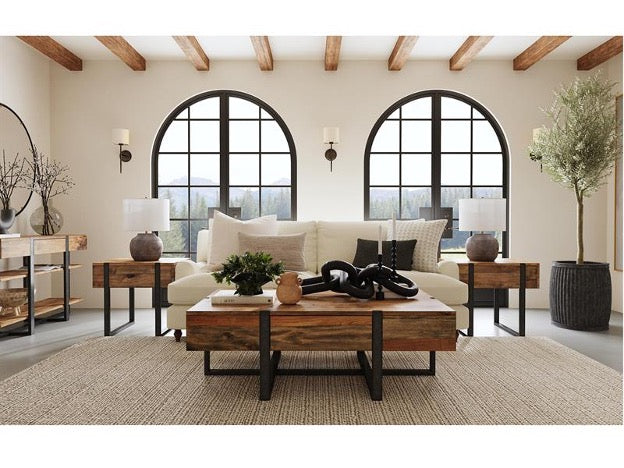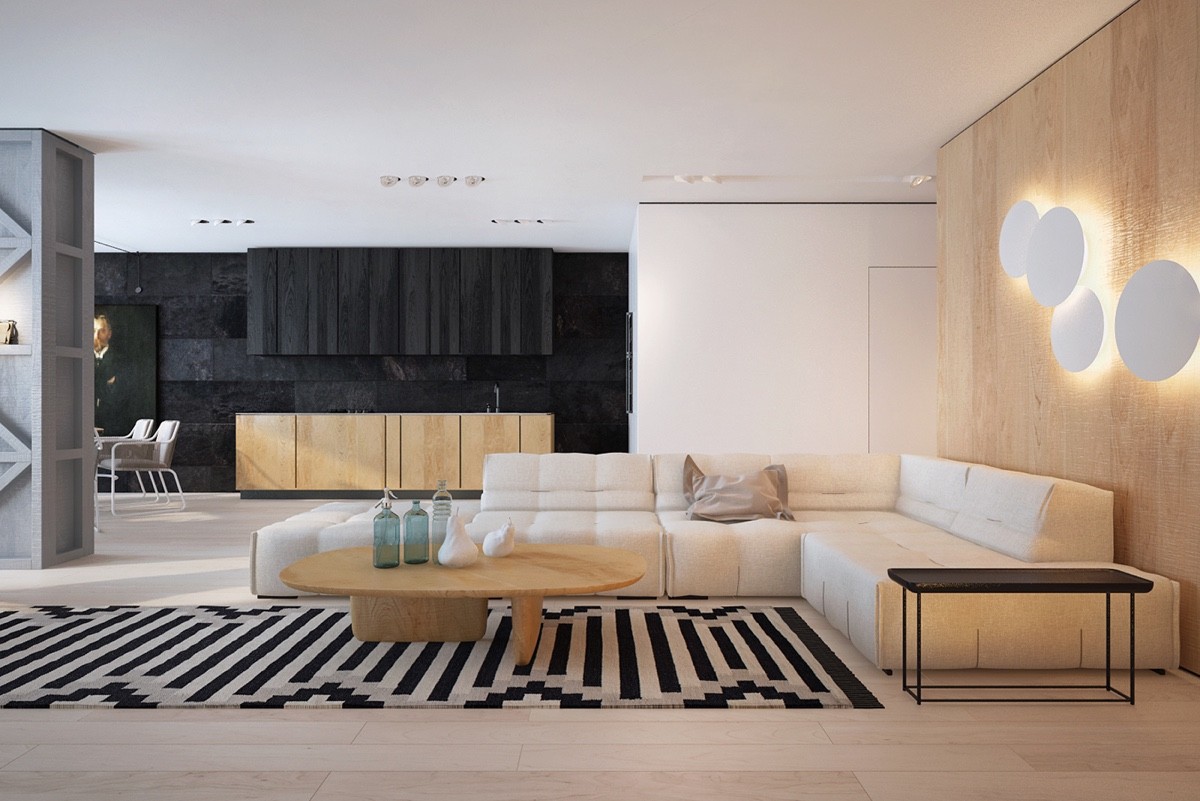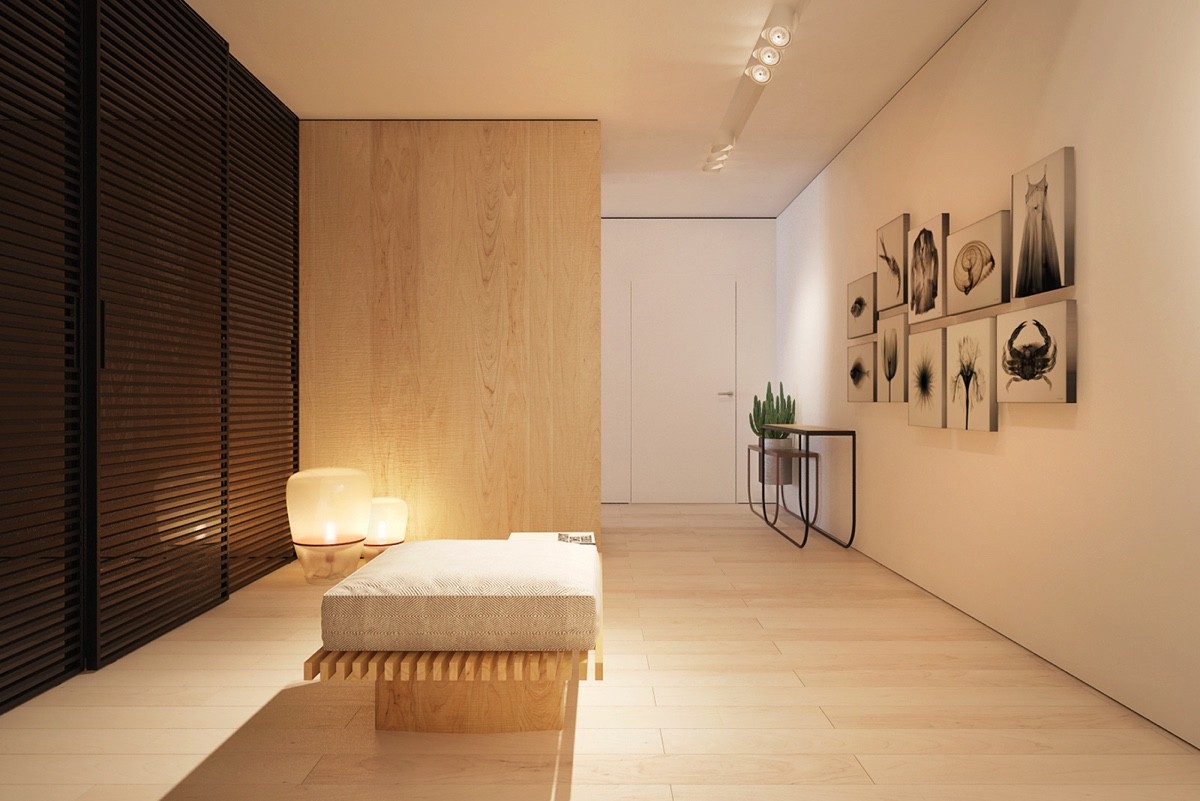When embarking on a home decor journey, the choice of materials and colors can significantly affect the atmosphere and overall aesthetic of a space. One combination that has gained tremendous popularity is the pairing of dark wood with light wood. In this guide, I’ll share insights from my personal experience, practical tips, and professional advice on how to seamlessly blend these two wood tones in your decor. Whether you’re redecorating your home, looking for inspiration, or simply curious about design trends, you’ll find valuable insights here.
Understanding the Basics: Dark Wood vs. Light Wood
Before diving into decor ideas, let’s explore what dark wood and light wood actually are, and their unique characteristics.
What is Dark Wood?
Dark wood refers to woods such as mahogany, walnut, and cherry, which are known for their rich, deep colors. These woods can add a touch of elegance and warmth to any space. They are often used in furniture, flooring, and cabinetry.
What is Light Wood?
Light wood includes varieties like pine, ash, and birch. These woods are typically characterized by their pale shades and can create a more airy and spacious atmosphere. Light wood is often used for modern designs and minimalist aesthetics.
Why Combine Dark Wood and Light Wood?
The juxtaposition of dark and light wood can create a balanced and harmonious environment. Here’s why it’s worth considering:
- Contrast: The stark difference provides visual interest and depth.
- Versatility: Both types of wood can complement various decor styles, from rustic to contemporary.
- Warmth: The combination can enhance the warmth of a room, making it more inviting.
Designing with Dark and Light Wood: Key Considerations
1. Choosing the Right Color Palette
The first step to successfully integrating dark wood and light wood is to select a color palette that ties the two together. Neutral colors, such as beige, grey, and white, can act as a bridge between the woods.
2. Balancing Proportions
When I first integrated dark wood furniture with light wood flooring, I learned that balance is key. Aim to maintain a ratio of about 60% light wood and 40% dark wood to avoid overwhelming the room.
3. Texture Matters
Incorporating varying textures can enhance the visual appeal of your decor. For instance, a smooth dark wood table can be beautifully complemented by a textured light wood bench.
Inspiring Decor Ideas: Dark Wood and Light Wood Combinations
1. Living Room
Your living room is often the centerpiece of your home. Here are some ideas:
- Furniture: Pair a dark wood coffee table with a light wood media console.
- Accent Pieces: Use light wood frames for artwork against dark wood walls.
- Texture Play: A light wood bookshelf next to a dark leather couch creates an elegant contrast.
2. Bedroom
The bedroom should be a sanctuary, and here are ways to make it cozy:
- Bed Frame: Consider a light wood bed frame with dark wood nightstands.
- Bedding: Soft, neutral bedding can blend beautifully with both wood types.
- Lighting: Use light wood lamps to brighten the space without overshadowing dark wood furniture.

3. Kitchen
The kitchen is another great space for blending wood tones:
- Cupboards: Light wood cabinetry can be complemented by dark wood countertops.
- Bar Stools: Mix and match dark and light wood stools for a stylish look.
- Open Shelving: Use dark wood shelves to display light wood dishware.
Comparing Dark Wood and Light Wood: Pros and Cons
| Type of Wood | Pros | Cons |
|---|---|---|
| Dark Wood | – Adds elegance – Hides scratches well – Creates a cozy atmosphere |
– Can make spaces feel smaller – Requires more maintenance – Can be expensive |
| Light Wood | – Brightens rooms – Creates a spacious feeling – Generally more affordable |
– Shows dirt and scratches easily – Can feel less warm – May not suit all decor styles |
Tips from My Journey: Mistakes to Avoid When Combining Wood Tones
Throughout my experiences, I’ve come to recognize several common pitfalls:
- Ignoring Scale: Ensure that the size of your furniture is proportional to the size of your room.
- Overdoing Patterns: While patterns can be beautiful, too many can create a chaotic feeling. Stick to one or two patterns.
- Forgetting Cohesion: Ensure that all elements in the room complement each other, not just the wood tones.
Maintenance Tips for Dark Wood and Light Wood Decor
Dark Wood Care
To maintain the beauty of dark wood, here are a few tips:
- Dust regularly using a soft cloth.
- Avoid direct sunlight to prevent fading.
- Use wood polish to enhance its shine.

Light Wood Care
For light wood, maintain its appearance with these tips:
- Wipe spills immediately to prevent staining.
- Use coasters to avoid water rings.
- Regularly dust and vacuum to keep it fresh.
Frequently Asked Questions
1. Can I mix dark wood and light wood in a small space?
Yes! Mixing dark and light wood can actually help to create depth and interest in small spaces. Just remember to keep a balanced ratio.

2. What are the best paint colors to pair with dark and light wood?
Neutrals like whites, greys, and warm beiges work exceptionally well, as do soft pastels, which enhance the wood tones.
3. How can I prevent dark wood from fading over time?
Keep dark wood out of direct sunlight and use furniture protectants to maintain its luster.

4. Is it better to have a consistent wood tone or mix different tones?
While a consistent wood tone can create a cohesive look, mixing tones adds personality and dimension. It’s all about what feeling you want to create.
5. What are some suitable decor styles for combining dark and light wood?
Styles like modern farmhouse, Scandinavian, and mid-century modern beautifully embrace the mix of dark and light wood.

Conclusion: Creating Your Own Blend of Dark Wood and Light Wood Decor
Integrating dark and light wood into your home decor can create a stunning and inviting atmosphere. I’ve personally experienced the joy that comes with a well-designed space that plays with contrasts while ensuring warmth and style. By considering your color palette, balancing proportions, and paying attention to textures, you can create a harmonious and beautiful environment that reflects your personal style. Remember, the ultimate goal is to create a space that feels like home. Happy decorating!